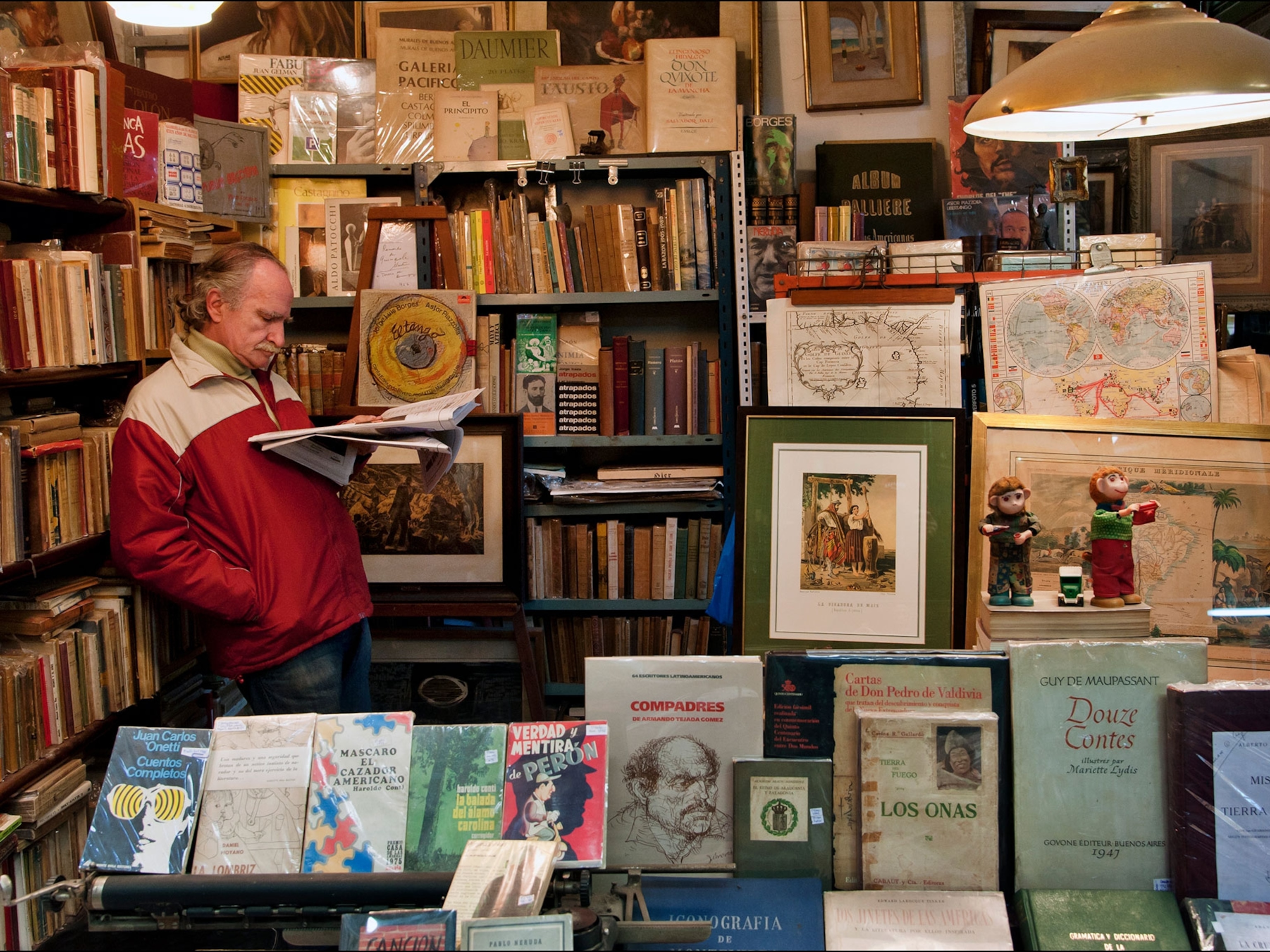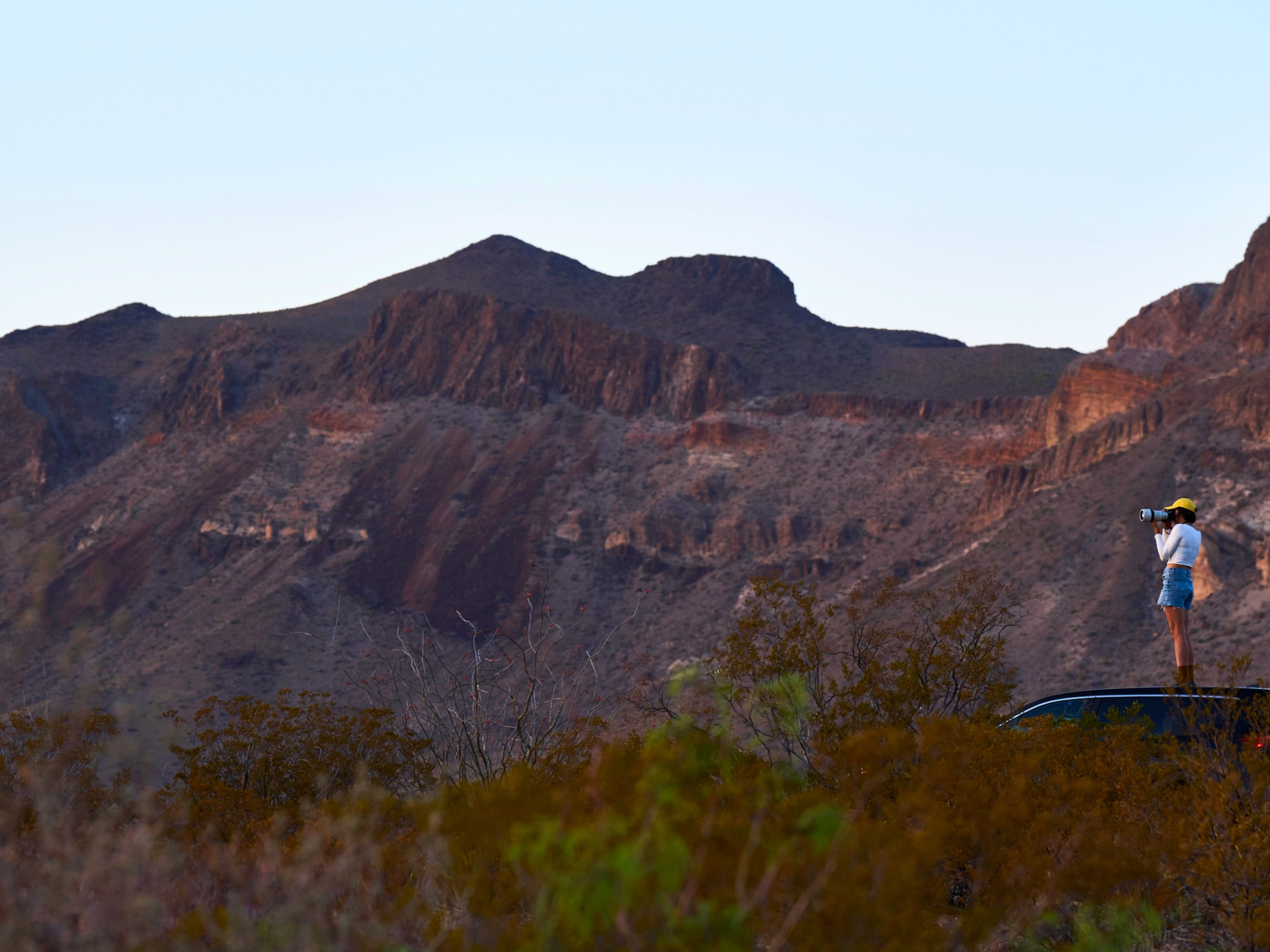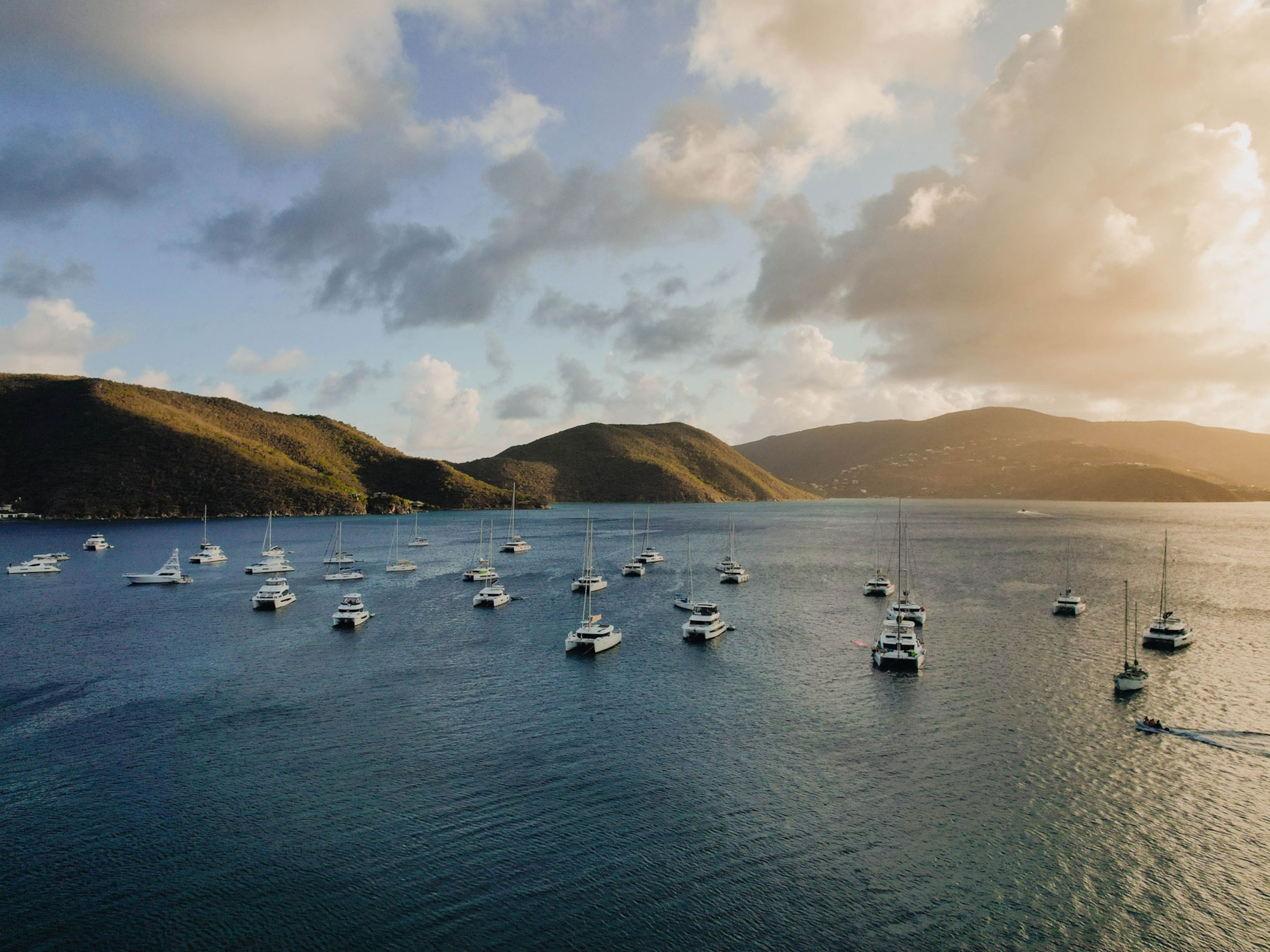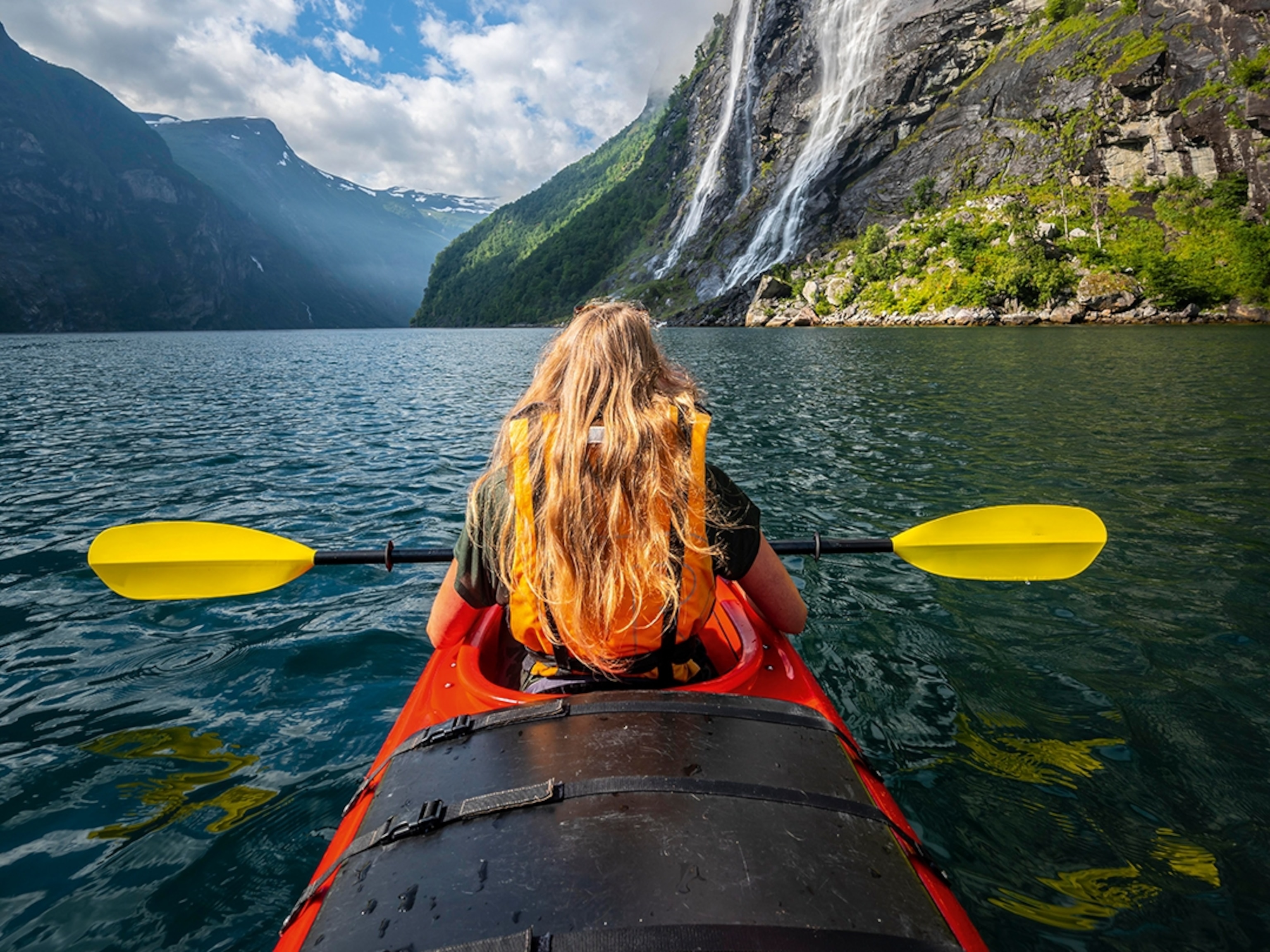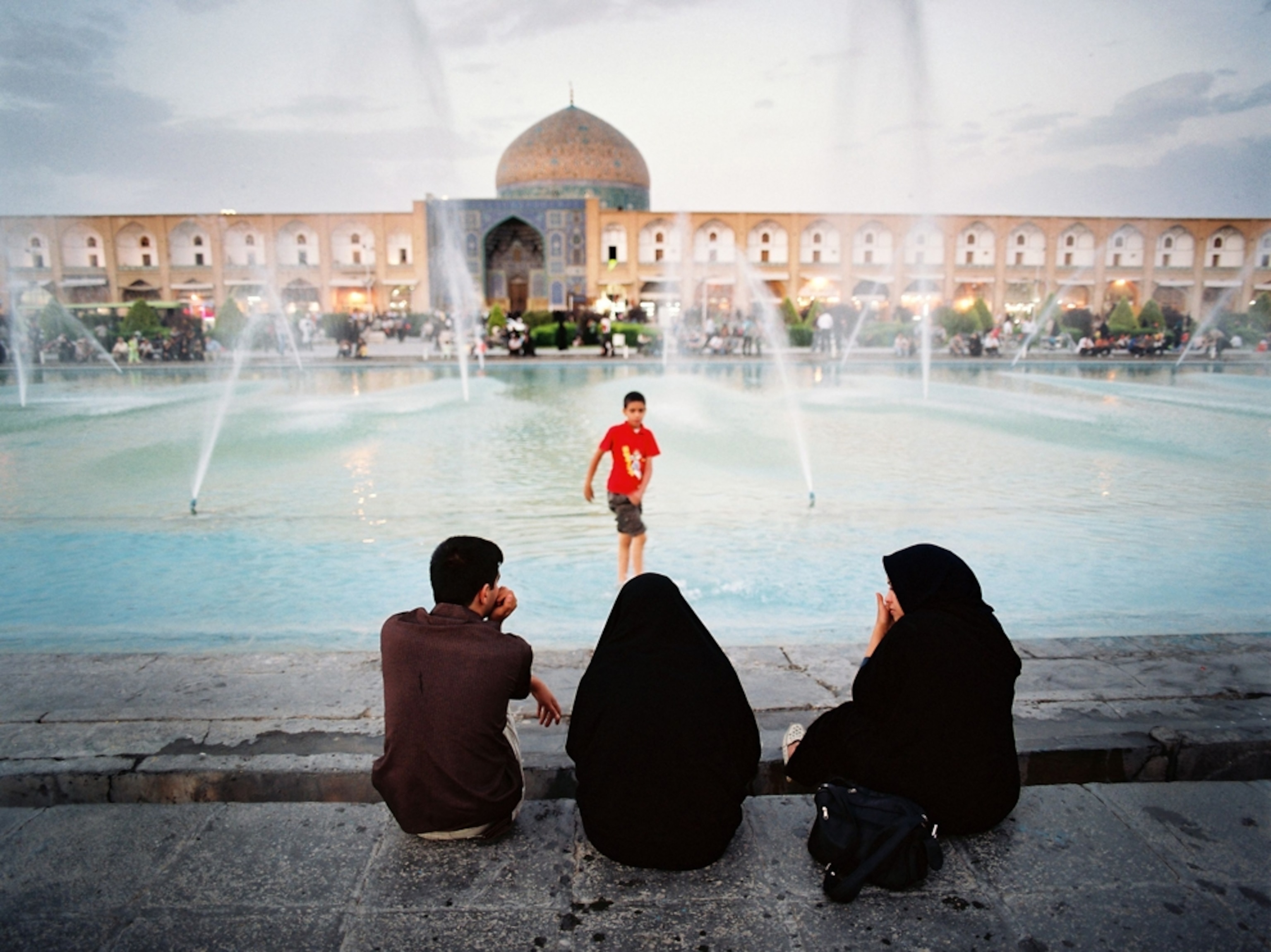
Saved by Beauty
Trip Lit: May 2011
Book of the Month:
Saved by Beauty, by Roger Housden
As a young man, British-American writer Roger Housden fell in love with the 3,000-year-old culture of Persia. Four decades later, he was finally able to visit the land whose ancient music, poetry, and blue domes had so enchanted him. His moving new memoir-cum-travelogue takes us along on that pilgrimage.
We begin in Tehran, where the first of many lessons unfolds. The day after his arrival, the capital looks “grim, uninviting.” But then Housden goes to a hammam and meets a masseur who studied physiotherapy in Leeds, England, and when he returns to his hotel, he finds the lobby throbbing with more than 300 people from throughout Iran and Tajikistan who have convened for two days to discuss the work of a 10th-century poet named Rudaki. After just a few days in Tehran, Housden writes, “Nose jobs, Elvis haircuts, masseurs from Leeds, marriage markets: there were more Irans than I thought there were.”
This lesson expands as we move through the country. In the grand square of Esfahan, among hundreds of families picnicking on carpets, Housden is invited to share cucumbers and conversation. In Kurdistan he is serendipitously welcomed to watch a Sufi ceremony. He stumbles upon a Jewish quarter in the ancient city of Yazd, and a solemn flagellation ritual during Muharram in Shiraz. Wherever he wanders, more Irans reveal themselves.
Part of the appeal of this account is due to Housden’s attentiveness and openness as a traveler; as he journeys, he meets and learns from a spectrum of characters—poets, filmmakers, scholars, diplomats, shopkeepers, even intelligence agents. And part of its appeal is due to his gracefulness as a writer keenly attuned to revealing dialogue and telling detail. Ardently pursuing his personal pilgrim’s path, Housden composes a poignant picture-puzzle of modern Iran.
New Book Roundups:
Water, Water, Everywhere
Sailing from Cabo San Lucas to the Marquesas Islands in the South Pacific, Sea of Lost Dreams is the second in a historical nautical-adventure series by Ferenc Máté. His protagonists, Captain Dugger and mate Nello, encounter mysterious stowaways, a hurricane at sea, a native uprising against the French, and even Gauguin’s Polynesian daughter. The Long-Shining Waters weaves together the stories of three women in different centuries who share a geography, Lake Superior. Author Danielle Sosin evokes the unforgettable pull of this watery expanse on a 17th-century Ojibwa woman, an early 1900s Norwegian couple dealing with a miscarriage, and a bar owner in 2000 suddenly faced with the loss of her livelihood.
Revelations of Place
Compiled by Paul Theroux, one of America’s pre-eminent travel writers, The Tao of Travel is a collection of travel-related quotations and commentaries. Organized into 27 road-tested themes—from “the pleasures of railways” and “everything is edible somewhere” to “perverse pleasures of the inhospitable” and “evocative name, disappointing place”—the book brings together a raucous assemblage of dozens of globe-girdling writers, including Samuel Johnson, Redmond O’Hanlon, Freya Stark, Sir Richard Burton, Mark Twain, William Burroughs, and Paul Bowles. Un Amico Italiano: Eat, Pray, Love in Rome is a memoir by Luca Spaghetti, who served as Elizabeth Gilbert’s guide to Rome when she was researching her blockbuster memoir. His contagious exuberance infuses every page as he concocts this feast in three courses: growing up in Rome; his encounters and revelations as a foreigner in America; and a behind-the-scenes account of his adventures with Gilbert in the city he taught her to savor. The Sly Company of People Who Care, a novel by Rahul Bhattacharya, casts a brilliant light on the obscure country of Guyana, the Idaho-size nation on the northern coast of South America between Venezuela and Suriname. Bhattacharya’s protagonist is a 26-year-old cricket journalist from Bombay who flees to the South American outpost to escape “the deadness of life” in his native India. His subsequent adventures in Guyana take us from the decaying wood and zinc houses of the capital, Georgetown, to humid sugarcane plantations and the rainforest interior inhabited by hardbit diamond-hunters.
- National Geographic Expeditions
One Last Thing:
The Grand Tour—with a Twist
Originally, the Grand Tour was a Continental rite of passage that introduced European youth to the history and culture of the West. In my own life, the Grand Tour has taken on global parameters, but the notion that travel provides the best lessons in art, religion, philosophy, society, economy, and more, remains the same. In his delightful and edifying new book, The Sinner’s Grand Tour, undercover historian Tony Perrottet presents the Tour with a twist: studying the Continent’s most famous, or infamous, sites and relics associated with human sexuality, from the belle epoque brothels of Paris to a secret Vatican bathroom covered with erotic panels by Raphael. Conducting his randy research under the guise of a family vacation, Perrottet weaves the misadventures of his admirably understanding wife and precocious boys into this nicely naughty narrative.

